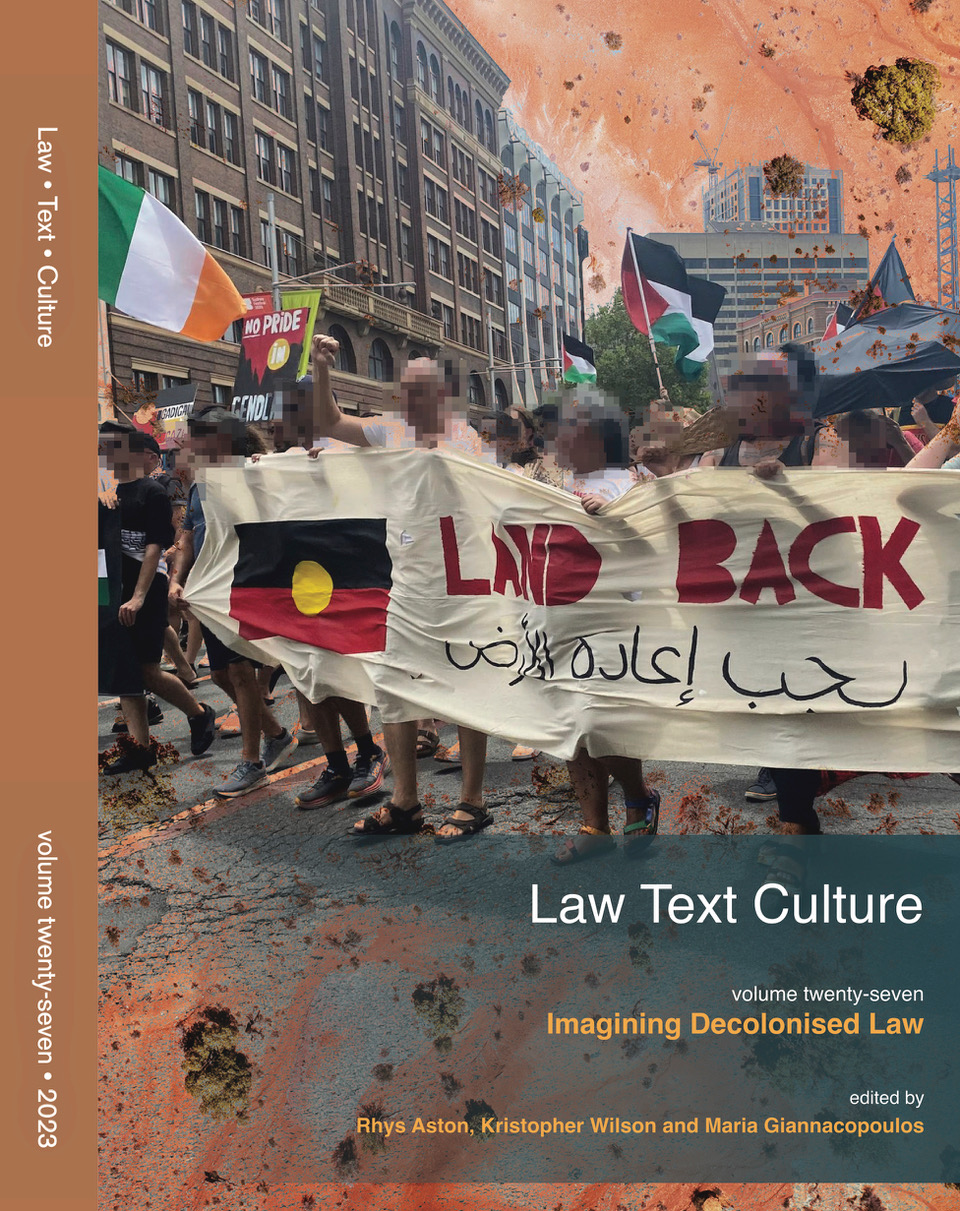Abstract
Stanley Park is the third largest urban park in North America. Located in downtown Vancouver, British Columbia (BC), the 960-acre park was opened by civic authorities in 1888, only two years after the city was incorporated. From early on, Stanley Park became a popular leisure space for Vancouver’s ‘citizens’ and visitors alike. Today, as one of the most frequented tourist destinations in BC, the park remains an important attraction, offering a variety of year round recreational opportunities and drawing approximately 8 million visitors annually (Grant & Dickson 2003, Steele 1985, 1993). Importantly, Stanley Park also occupies a significant geographic and symbolic space in Vancouver’s imaginary. Often described as ‘the foremost symbol of Canada’s most beautiful city’ (Steele 1985: 7), the park is celebrated in Imperial Legacies (Post)Colonial Identities tourist books, brochures, and on visitor websites as a ‘virgin forest’ that reflects a uniquely ‘natural west coast atmosphere,’ including an array of plants, wildlife and ancient trees.
How to Cite:
Mawani, R., (2003) “Imperial Legacies (Post)Colonial Identities: Law, Space and the Making of Stanley Park, 1859-2001”, Law Text Culture 7(1). doi: https://doi.org/10.14453/ltc.703
Downloads:
Download PDF
78 Views
1328 Downloads

